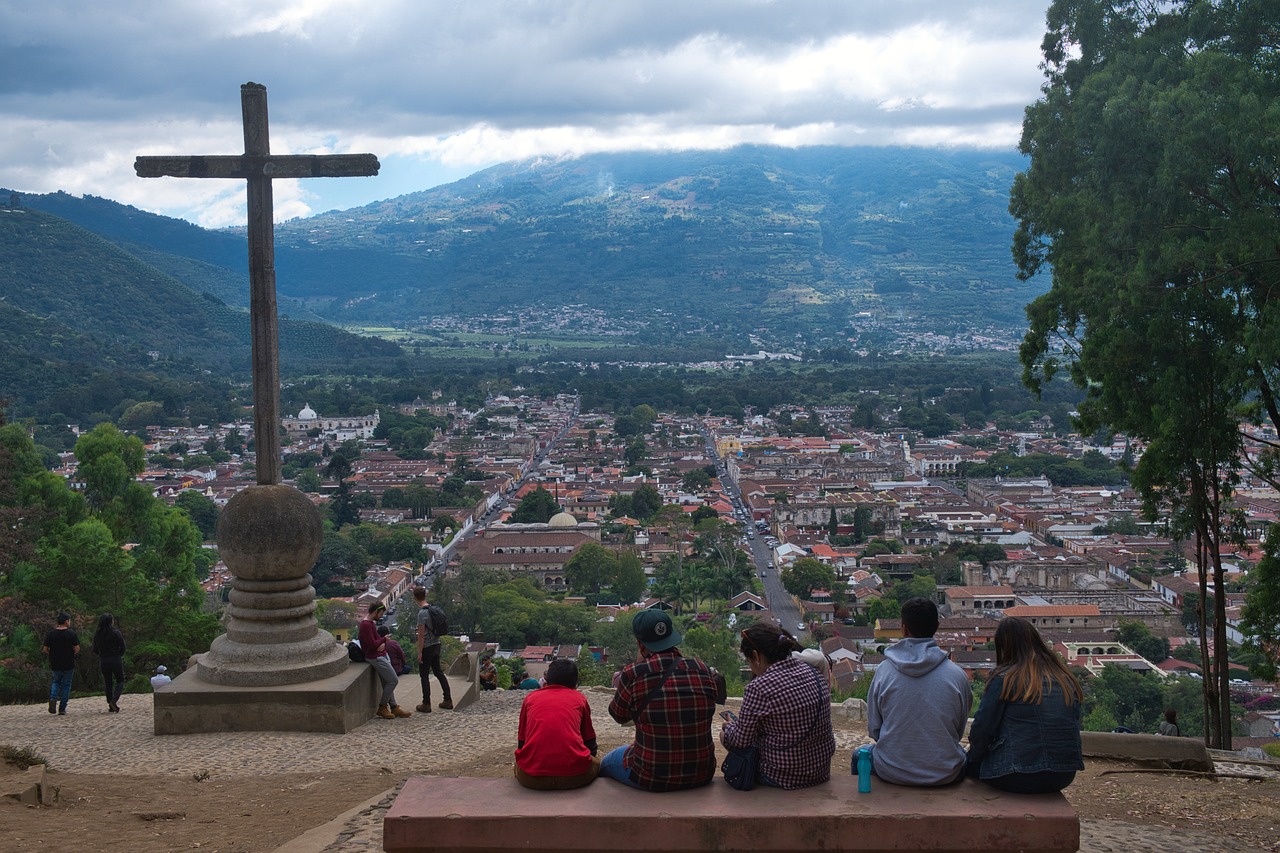Akumal, a picturesque coastal town on the eastern coast of Mexico’s Yucatan Peninsula, is renowned for its stunning beaches, crystal-clear waters, and vibrant marine life. One of the most sought-after experiences for travelers visiting Akumal is the chance to swim with sea turtles. These gentle giants have made Akumal their home for centuries, attracting nature enthusiasts and underwater adventurers from around the world. While Akumal offers the opportunity to encounter these majestic creatures throughout the year, there are certain months when the chances of a memorable encounter are significantly higher. In this article, we’ll delve into the intricate world of Akumal’s sea turtles and reveal the best month to witness these magnificent creatures in their natural habitat.
The Turtles of Akumal
Akumal, which means “Place of Turtles” in the Mayan language, is aptly named due to the presence of sea turtles in its waters. The two most commonly encountered species in Akumal are the loggerhead turtle (Caretta caretta) and the green turtle (Chelonia mydas). These turtles are attracted to Akumal’s shallow, nutrient-rich waters for feeding and nesting, making it a prime destination for both turtles and tourists alike.
Loggerhead turtles are the larger of the two species, with a distinctive reddish-brown shell and a powerful beak-like mouth. Green turtles, on the other hand, are named for their greenish fat tissue beneath their shell and have a more elongated and heart-shaped carapace. Both species are listed as endangered, and their conservation is of paramount importance in Akumal.
Akumal’s turtle population is carefully monitored and protected by local conservation efforts. The Centro Ecológico Akumal (CEA) plays a crucial role in turtle conservation in the area, working tirelessly to safeguard the nesting sites and educate visitors about responsible interaction with these magnificent creatures.
Best Months for Turtle Encounters
While turtles can be found in Akumal throughout the year, there are specific months when the chances of a remarkable turtle encounter are at their peak. The best time to see turtles in Akumal typically falls within the months of May to October. Here’s a breakdown of why these months stand out:
Nesting Season: May to September
May marks the beginning of the turtle nesting season in Akumal. During this time, female turtles emerge from the ocean to lay their eggs on the sandy beaches under the cover of darkness. The nesting season continues through September.
Witnessing a nesting turtle is a magical experience. You can join guided night tours organized by local conservationists, allowing you to observe the nesting process without disturbing the turtles.
Hatching Season: July to November
After the nesting season, you can look forward to the hatching season. Baby turtles, or hatchlings, start emerging from their nests in July and continue to do so until November.
Guided tours are also available to witness the hatchlings making their way to the sea. It’s a heartwarming experience to see these tiny creatures take their first steps into the ocean.
Mating Season: June to July
In June and July, male and female turtles come together in Akumal’s waters for the mating season. This period is characterized by increased turtle activity near the shoreline.
Snorkeling or diving during this time may provide an opportunity to witness turtles engaging in courtship behavior, which can be a fascinating sight.
Ideal Weather Conditions: May to October
Akumal experiences warm and pleasant weather during the months of May to October. The water is clear and calm, making it perfect for snorkeling and diving.
The combination of favorable weather conditions and increased turtle activity makes these months the best time for underwater encounters.
Tips for Responsible Turtle Encounters
When visiting Akumal to see turtles, it’s essential to prioritize responsible and eco-friendly tourism. Here are some tips to ensure that your encounter with these magnificent creatures is both enjoyable and sustainable:
Guided Tours: Join guided tours organized by reputable operators, such as the Centro Ecológico Akumal (CEA). These tours are led by knowledgeable guides who ensure that you interact with turtles in a respectful manner.
Maintain a Safe Distance: When snorkeling or diving, keep a safe distance from the turtles. Maintain a respectful distance of at least 6 feet (2 meters) to avoid stressing or disturbing them.
No Flash Photography: Avoid using flash photography when capturing images of turtles, especially at night. Flash can disorient and disturb the turtles during nesting and hatching activities.
Do Not Touch or Chase: Refrain from touching or chasing turtles. These are wild animals, and human interference can harm them or disrupt their natural behavior.
Respect Nesting Turtles: If you encounter a nesting turtle, remain still and quiet. Do not approach or disrupt her in any way. This is a critical moment in the turtle’s life cycle.
Protect the Environment: Dispose of your trash properly and refrain from littering on the beaches. Keep the natural habitat clean and free from pollution.
Follow Local Regulations: Be aware of and follow any local regulations and guidelines for turtle conservation. These rules are in place to protect these endangered species.
Akumal’s sea turtles are a true marvel of nature, and witnessing them in their natural habitat is an unforgettable experience. While these gentle giants can be found in Akumal year-round, the best months for turtle encounters are from May to October, encompassing the nesting, hatching, and mating seasons. During this time, you can partake in guided tours, snorkeling, and diving excursions to observe these magnificent creatures while contributing to their conservation efforts.
Remember that responsible tourism is essential to safeguard the future of Akumal’s sea turtles. By following guidelines, respecting their natural behavior, and supporting local conservation initiatives, you can help ensure that future generations can continue to enjoy the enchanting world of Akumal’s sea turtles.
Conservation Efforts in Akumal
The preservation of Akumal’s sea turtles is a collaborative effort that involves various stakeholders, including local authorities, environmental organizations, and the community. Here are some of the conservation initiatives in place to protect these endangered creatures:
Centro Ecológico Akumal (CEA): The CEA is a leading organization dedicated to sea turtle conservation in Akumal. They conduct research, monitor nesting sites, and educate both locals and tourists about the importance of protecting sea turtles. Visitors can support their efforts by joining their guided tours and making donations.
Nest Protection: During nesting season, volunteers and conservationists carefully mark and protect sea turtle nests. They use mesh cages to shield the nests from predators and monitor the progress of the eggs until they hatch.
Education and Awareness: Local communities and schools actively participate in educational programs about sea turtle conservation. These programs emphasize the ecological importance of turtles and encourage responsible behavior towards them.
Regulations and Enforcement: Akumal has established regulations and enforcement measures to protect sea turtles and their habitat. These regulations include restrictions on beachfront lighting, noise, and activities that may disturb nesting turtles.
Sustainable Tourism: Local businesses and tour operators in Akumal are increasingly adopting sustainable tourism practices. They play a vital role in ensuring that visitors have the opportunity to witness sea turtles while minimizing their impact on the environment.
Research and Data Collection: Ongoing research is crucial for understanding sea turtle behavior, population dynamics, and health. Researchers in Akumal collect data on turtle sightings, nesting activities, and health assessments to inform conservation efforts.
The Importance of Responsible Tourism
Responsible tourism is central to the long-term survival of Akumal’s sea turtles. The popularity of this destination has led to an increase in tourist activities, and while this can provide valuable support for conservation efforts, it can also pose risks to the fragile ecosystem.
By following the principles of responsible tourism, visitors can contribute positively to the conservation of sea turtles and their habitat. Here are some key practices to keep in mind:
Reduce Single-Use Plastics: Minimize the use of single-use plastics, such as plastic bags and bottles, as these can end up in the ocean and harm marine life, including turtles.
Choose Eco-Friendly Tour Operators: Opt for tour operators and accommodations that prioritize eco-friendly and sustainable practices, such as waste reduction and energy conservation.
Respect Marine Life: Treat all marine life with respect and refrain from touching, feeding, or collecting souvenirs from the ocean. These actions can disrupt the natural balance of the ecosystem.
Report Illegal Activities: If you witness any illegal activities, such as poaching or harassment of turtles, report them to local authorities or conservation organizations.
Educate Yourself: Take the time to educate yourself about the local environment, wildlife, and conservation efforts. This knowledge will enhance your appreciation for Akumal’s natural wonders.
Support Conservation Initiatives: Contribute to local conservation organizations or volunteer your time to support their efforts. Your donations and participation can make a significant difference in protecting sea turtles.
Akumal’s enchanting sea turtles are a testament to the beauty and diversity of our natural world. The best time to witness these magnificent creatures in their element is during the months of May to October, when nesting, hatching, and mating activities are at their peak. However, it is essential to approach this experience with responsibility and respect for the environment.
By adhering to responsible tourism practices and supporting local conservation efforts, visitors can help ensure that Akumal’s sea turtles continue to thrive for generations to come. As we marvel at these ancient mariners in their natural habitat, let us also take on the role of their protectors and stewards, ensuring that their future remains as bright as the turquoise waters of Akumal Bay.














